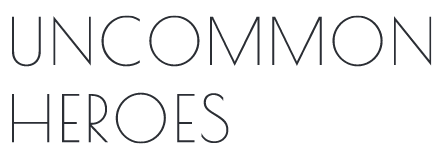
02 Aug Who Built Fort West Point?
To be a hero is an art. To be a hero for two nations, doubly so. In this regard, Tadeusz Kościuszko was the master of all masters.
Who built West Point? One person who could answer that question is Tadeusz Kościuszko, for whom the ultimate goal of every effort was freedom. He had adopted this long before the famous Polish motto, “For Your Freedom and Our,” was first written down in 1831 (joining every battle waged in the name of freedom and justice is a centuries-old Polish tradition).
The author of this text is not entirely familiar with how the story of Tadeusz Kościuszko is taught to students in the United States, but in his homeland, Poland, he is often talked about in a boring, old-fashioned way that makes him feel more like a statue than a human being.
And yet, Kościuszko was a fascinating, bold, and experienced soldier—and an extraordinarily talented fort builder, as well. His civil engineering skills are one of the reasons why the United States became a free and independent country, and is now the world’s greatest super power.
Tadeusz Kościuszko arrived in America in 1776, after a treacherous two-month voyage by sea.
By the time he first stepped foot on American soil, the Thirteen Colonies had already begun their struggle for independence from the British—with varying success on both sides.
There was no time to waste. The Redcoats were preparing an attack on Philadelphia. Tadeusz, an alumnus of Poland’s Corps of Cadets who had studied fort-building in the best French academies, was immediately given the rank of Engineer of the Continental Army and got to work reinforcing American positions surrounding the city.
His work garnered high praise, and in 1777 Tadeusz Kościuszko was sent north, near the Canadian border, where he served under Major General Horatio Gates, leveling ground, conducting measurements, and designing and building forts. Then, finally, came the decisive battle at Saratoga, where Kościuszko truly proved his mettle, gaining fame and recognition across the Thirteen Colonies. His efforts were crucial in defeating the British, and caught the attention of George Washington himself, who then assigned him the task fortifying West Point on the Hudson River, the future site of the United States Military Academy, the alma mater of America’s top officer. It was one of Kościuszko’s greatest achievements as a fort builder. The fortifications thwarted British attack plans, and played a decisive and fundamental role in securing American independence.
In recognition of his service, Continental Congress promoted Tadeusz Kościuszko to Brigadier General in 1783. He was also given land and substantial sum of money. So great was his love of freedom that he immediately set the funds aside to purchase the freedom of slaves.
Tadeusz never forgot about his homeland, Poland. In 1784, he entrusted his estate to Thomas Jefferson and returned to Lithuania, where he led the struggle to liberate his country of birth. But that’s the beginning of another, much longer story.


